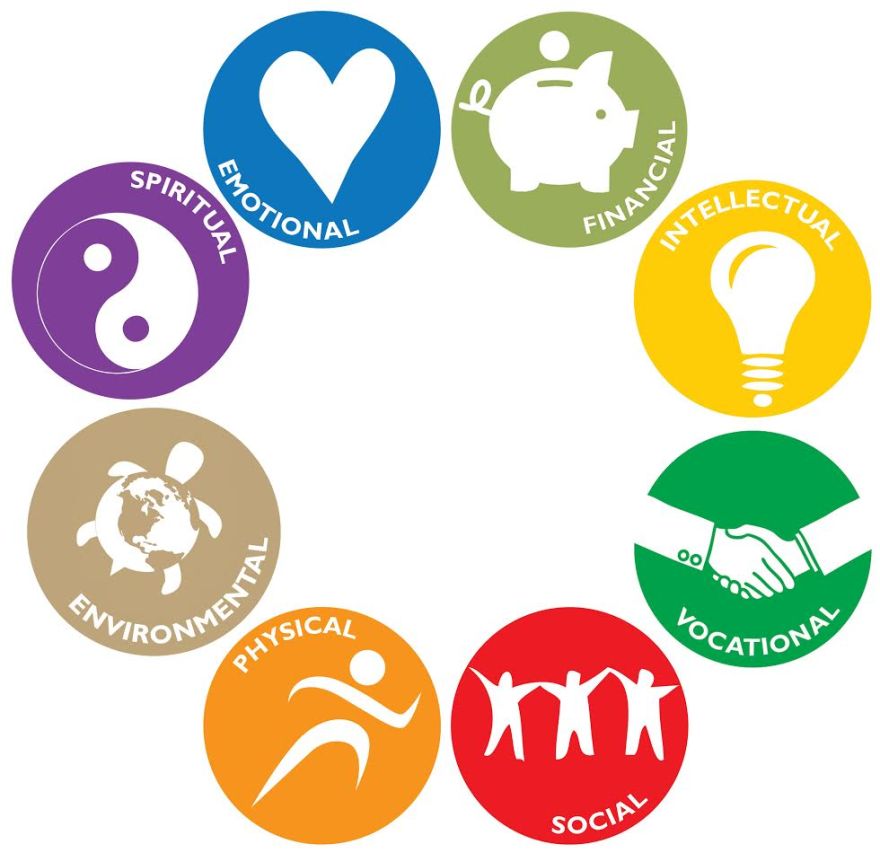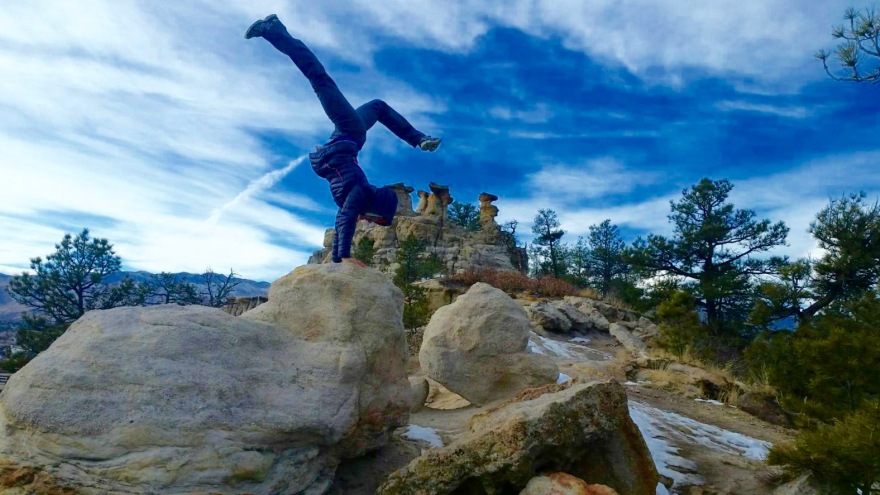Where do you need to take a closer look?

May you be well!
Minding Soul. Exploring Earth.
Where do you need to take a closer look?

May you be well!
Now Know FLOW!
In putting together a workshop on FLOW states, here are a few things I’ve learned.
that help you enter Flow State.
Inspired by the work of Andrew Newberg @ UPENN brain & behavior lab and Steven Kotler at Flow Genome Project.
 According to neuroscientist, “we have learned more about the brain in the last 10-15 years than in all of human history.” Some may argue about how the representation of our cumulative knowledge of brain science was compiled, but the point is that there has been such an exponential rise in our understanding of how the mind and brain work. One of the very basic propositions has undergone a complete paradigm shift. We used to believe that the adult brain was a fixed entity, that does not change.
According to neuroscientist, “we have learned more about the brain in the last 10-15 years than in all of human history.” Some may argue about how the representation of our cumulative knowledge of brain science was compiled, but the point is that there has been such an exponential rise in our understanding of how the mind and brain work. One of the very basic propositions has undergone a complete paradigm shift. We used to believe that the adult brain was a fixed entity, that does not change.
WRONG.
We now know that the brain is just like every other system in the human body that changes with exposure, experience, and exercise! What we do to nourish the body, we also “do” to nourish the brain. This adaptability of brain tissue is called neuroplasticity. Certain health behaviors (the foods we eat, thoughts we think, activities we play, and rest from the day) lay the foundation for this “brain change capacity.”
Deep within the brain lives is a structure called the Hippocampus.  It is responsible for working with other brain structures to learn new information, convert short term memories into long term ones, and has even been shown as a factor in boosting self-esteem. This seahorse like structure (how hippocampus got her name from the Greeks) is also one of the areas that produces BDNF, Brain Derived Neurotrophic Factor. We’ll stick to BDNF from here on.
It is responsible for working with other brain structures to learn new information, convert short term memories into long term ones, and has even been shown as a factor in boosting self-esteem. This seahorse like structure (how hippocampus got her name from the Greeks) is also one of the areas that produces BDNF, Brain Derived Neurotrophic Factor. We’ll stick to BDNF from here on.
BDNF is dubbed a master molecule and is referred to as “Miracle-Gro for the brain” by Harvard psychiatrist, John J. Ratey, MD, author of Spark, The Revolutionary New Science of Exercise and the Brain. It is a protein produced by the BDNF gene, and acts as a building block that fosters the growth of new neurons (how cells communicate & how actions to occur), improved the function of those neurons (communicate faster), and protects existing neurons from stress and cellular death. When BDNF is sprinkled on neurons in a petri dish, brain cells sprout new branches required for learning — hence, the phrase ‘miracle-gro for the brain.” According to Ratey, BDNF is “a crucial biological link between thought, emotions, and movement.” In order to increase BDNF production, you must move well, eat well, rest well, and think well. Fret not, we will help you develop this Mindset for Strength!
Now that we understand how one neuron is born and matures, it it important to note that your nervous system works by way of cells “communicating” with each other across “synapses.” A common phrase in these days goes like this, “neurons that fire together, wire together.” The Hebbian theory, proposes an explanation for the adaptation of neurons in the brain during the learning process. It describes a basic mechanism for synaptic plasticity, which results in cells communicating more effectively with each other. Timing is important, but there is a way to prime your brain to learn better, faster, and remember more!
The prescription for health and happiness lies in what we think, how we feel, what we eat, and how we move. We can look through the neural microscope to understand HOW health and happiness are “achieved,” but it takes conscious thought and new habit formation to sustain health and happiness as a way of being. Lets sprinkle some miracle-gro on thy brains, and wire new neural pathways for you to take healthy action with a smile on yo’ face! Join us as we fertilize one new habit at a time.
Dedicated to your true health and whole happiness,
Jordan

Hafiz, “To Build a Swing”
You carry
All the ingredients
To turn your life into a nightmare-
Don’t mix them!
You have all the genius
To build a swing in your backyard
For God.
That sounds
Like a hell of a lot more fun.
Let’s start laughing, drawing blueprints,
Gathering our talented friends.
I will help you
With my divine lyre and drum.
Hafiz
Will sing a thousand words
You can take into your hands,
Like golden saws,
Sliver hammers,
Polished teakwood,
Strong silk rope.
You carry all the ingredients
To turn your existence into joy,
Mix them, mix
Them!

Posture.
Have you ever heard of ‘Laughing Yoga?’ It is actually quite hilarious. Get a group of people together and just start laughing. Try it at work today :-). It is just as contagious as a yawn. We compare posture to laughing yoga because it becomes obvious how our physical posture, or attitude can affect our mental posture, and vice versa.
Good ‘ole Webster has 3 definitions for posture, one purely physical, one in relation to circumstances, but our favorite is, “a conscious mental or outward behavioral attitude.”
Yesterday we created the external conditions for our mental practice. Today we turn to the internal conditions for practice. Witnessing how deeply connected the mental and physical bodies are, it becomes important to set our foundation for alignment and kindness.
Here are some bullet points for approaching your physical posture. Options are provided for a chair and zafu (cushion).
Physical Posture Foundation
Chair Option:
When we become distracted by monkey wandering mind, return to postural alignment from the inside out. Try it now if you are sitting down, or even if you are standing reading this in line… We call that “waiting meditation.” 🙂
None other than Jon Kabat-Zinn, developer of Mindfulness Based Stress Reduction describes the mental posture better. Adapted from Full Catastrophe Living our Psychological Foundation, and self-talk sounds like this
From Full Catastrophe Living, by Jon Kabat-Zinn, 1990
Personal practice was crowded with thoughts today, and that is perfectly fine. The point is the witnessing, and returning to breath and body.
Now that our foundation is defined, tomorrow, a step deeper into the practice.
Love,
JC

The past 4 months have presented immense change, and although sometimes tough to see, opportunity for growth. While I’ve committed to other mental practices, formal sitting meditation was one of the first habits to fall from daily practice. Mind-heart continues to remind me that I choose paths less traveled because of the strength built as a function of training with resistance. Buckle up, sit down, and pay kind attention to the process!
Won’t you join me for the next 40 days, as I re-mind myself of exactly how powerful this practice is? Just as we train the body for some specific use: endurance for the race, strength & power to move masses, we also train the mind for specific use. No matter what we seek in life, material or spiritual, knowing how one’s own mind works is the alpha and omega of enduring success.
40 days.
Step 1. Conditions & Controllables.
Create the conditions that will set you up for success. Neurologically, wiring a new habit MUST be easy in the beginning. We MUST reinforce the success of maintaining this new behavior. For example, I know I will be more committed to a quiet morning practice than to a busier evening practice; a 20 minute practice vs a 45 minute practice. I want a blanket to keep me warm, and the lights dim. My goal is to commit to practice over the next 40 Lenten Days.
These specs may not be right for you, however these parameters are a good place to start:
Consistency is key. Once you find your time and place, set it, and forget it! Return to this place for the next __ Days.
Personal Practice Insights
Meditation is a practice of remembering and familiarity. In many ways, remembering to meditate it is a huge obstacle in and of itself. This is why we create conditions that make it easy, and somewhat desirable to simply sit.
When you return to mental practice, the familiarity re-minds you that home is where your tail, heart, and head are in alignment. 🙂 It feels good to come home, but that too takes practice. We will peel back the layers over the next weeks, bit by bit, piece by piece, making mental practice a priority.
Love,
JC
Tomorrow – physical foundation. How should I “sit.”

What we need is not always what we want.
I asked for strength.
God gave me difficulties to make me strong.
I asked for wisdom, and
God gave me problems to solve.
I asked for prosperity, and
God gave me brains and brawn to work.
I asked for courage, and
God gave me danger to overcome.
I asked for Love, and
God gave me troubled people to help.
I asked for favor, and
God gave me opportunities.
I got nothing I wanted, but everything I needed.
Unknown

Pause…
See God Smile…
Return to task
With light heart
Love,
JC
 There is no fear in love. But perfect love drives out fear… (1 John 4:18)
There is no fear in love. But perfect love drives out fear… (1 John 4:18)
Dost then,
Trust Eradicate Doubt?
Honesty Enlighten Deceit?
Communication Untie Confusion?
Openness break the shell that encases hearts True Strength?
Just for today, choose open and honest communication seasoned with salt, savored in Love.
Love,
JC